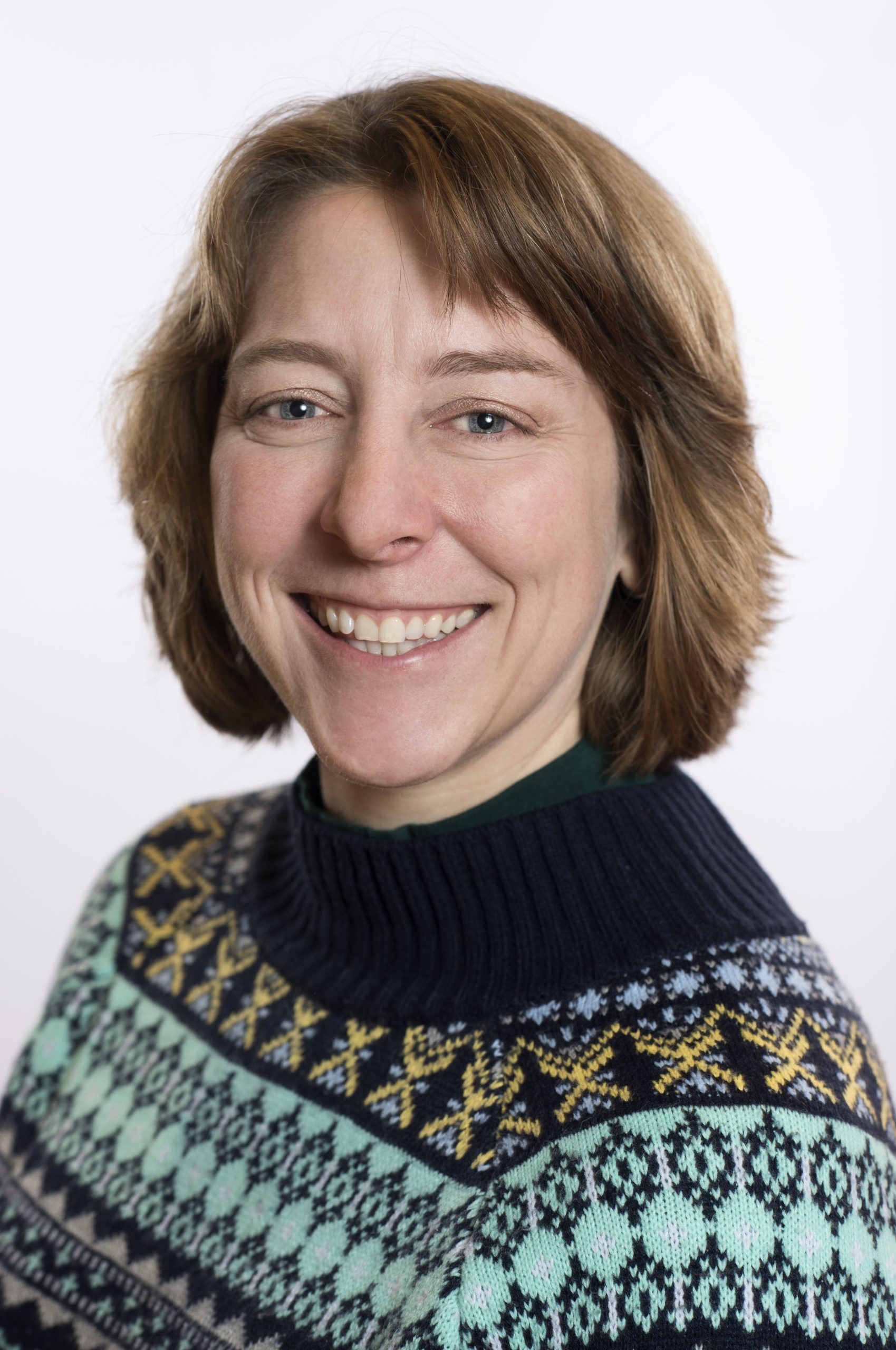An Interview With Three Higher Ed Social Media Professionals
by Rachael Hagerstrom | Nov 21, 2023 | Meet and Greet | 0 comments

Photo by Keira Burton
Chat with enough college students about social media work and you’re almost guaranteed to hear one question over and over: “How do I become a social media professional?” A social media career is a relatively new track—the first professional social networking sites officially launched in the early 2000s (LinkedIn in 2003, Facebook in 2004 and YouTube in 2005)—and advice on how to pursue that avenue can be hard to find.
So, to get their perspective on pursuing a social media career—and some of the best and worst advice they’ve received as social media professionals—NISM talked to three experts in the realm of higher education social media management: Shannon O’Brien, director of editorial and social media at Wellesley College; Mark Daly, social media strategist at Tufts University; and Stephanie Ramírez, associate director of social and new media at Amherst College.
With majors that run the gamut from visual communications and nonfiction writing to political science and journalism, the three experts agree that social media is a creative field where strategy is key, but where you should never be afraid to experiment.
The following responses have been edited and condensed for clarity.
When did you start thinking about making social media a career and why?
Mark: I feel like social media as a profession (and “not just something an intern does”) really took off during my time in college, during a time when you were seeing organizations using it to connect to both current and potential customers. Having grown up during a time when social media has grown and new platforms were introduced, I was always intrigued to see how people use it to connect with each other, which kind of sparked my interest in having social media become at least somewhat associated with my profession.
Stephanie: During my junior year at UMass Amherst, I really started considering making social media a career, but I don’t think I fully understood what that meant. I grew up in the age of social media—Myspace, anyone?—so I understood some of the work around the management of a social media account, but back then, I couldn’t fully understand how to interpret social media data for a full team. And at the time, the UMass journalism department didn’t have any classes, or really, any guidance, on social media.
Shannon: I started my career as a photojournalist working at newspapers. When I left to go to graduate school, my hope was to become a more comprehensive storyteller—someone who could interview, write and take my own photos. I was still thinking in terms of working for traditional media at that point, but it turns out those were skills needed for social media, too.
[As a photographer for the University of Illinois Springfield] I took on managing the Instagram account, which seemed like an obvious place for me to start dipping my toes into social media. I experimented a bit with Twitter’s Periscope, too. During this time, I learned the value of these platforms for storytelling and knew they’d be important to add to my collection of tools. I wasn’t thinking of social media as a career—more as one more outlet for telling stories that I could offer to prospective employers.
What was your first professional social media experience?
Stephanie: I was hired as a communications assistant and then became a communications specialist [at Princeton University]. In that role, I was responsible for the university library’s social media accounts. That was my first real experience managing social media accounts professionally for what is a large and very prestigious brand. I learned a lot about operating social media within an existing brand—from following visual identities to voice and more.
Shannon: I was hired by Williams College as an assistant editor and social media strategist, and that was the first time social media was formally part of my job duties.
Mark: My first professional social media experience came while doing a post-grad internship in the Boston College athletics department as a sports information director. I was responsible for overseeing all created content for a few of the university’s athletics teams (volleyball, lacrosse, rowing) and social media was one way—we informed our audiences and fans about all things related to these respective teams. Most of the social media involved sharing content for web (game previews, recaps, award info, etc.) as well as live updates throughout the games.
What was the best social media career advice you ever received?
Mark: The best advice I’ve received actually goes back to my time as a journalism student. In a world where everyone wants to be the first person to “break” a story, one of my professors emphasized the importance of having all your information correct, and the idea that it’s better to be second and have all the information confirmed rather than being first and needing to redact or correct information. The same goes with social media. Once you hit “send” on any post, you’ll never be able to fully correct anything that could be wrong, and it creates perceptions that you can no longer get back. Always get a second set of eyes on your copy, know the meaning of words before you use them (homophones!) and if you’re not sure about something, ask before you post!
Shannon: Don’t be afraid to experiment (within the parameters of your brand’s voice)! And don’t be afraid to advocate for more experimental social media storytelling with your supervisors. Social is a place where people can be innovative.
Stephanie: To always experiment. At the time I learned social media, it was really only just beginning to take off as a career option, and it was easy to believe that everyone knew what they were doing. So, I enjoyed that one day someone told me that social media are places to purposefully experiment. You didn’t have to have everything figured out from the get, and nothing should ever be definitive or perfect. Rather, it was the perfect job opportunity to always have a chance to play around, have fun, and try something new. While a post can feel like it lasts forever (especially if it goes viral), it really doesn’t. That means every new post you do is a new chance to try something new. And if it doesn’t do well, it’s not the end of the world. You don’t always have to “have it together,” in order to run socials. You also have to be open to the things that happen spontaneously, that lean towards more fun.
What was the worst advice?
Shannon: That you should be on every platform. (Though it is good advice to save your company’s name on every platform, as much as possible, so others can’t claim it.)
Mark: The idea that everyone has to be on every channel. Especially when you’re a brand or an organization, unless you have a target audience in the space, your audience wants you in the space, and you have continuous content that will make your audiences engage with you, it’s better to know where you can have the most impact and put your focus there.
Stephanie: The worst advice would be that social media [channels] are inherently bad. We are certainly existing in a time where there is a lot of bad on social media, but it doesn’t mean that social media as a whole is bad. If anything, social media is one of the reasons we have become a globally connected world. It’s okay to acknowledge the bad. But oftentimes, we use that as an excuse to avoid investing our time and resources into social media. That’s a mistake. Social media (and investment in social media) are now necessary for every brand. There is an expectation that brands will stay connected with their communities via social. We have to lean into that.
What would you tell those going into professional social media for the first time?
Mark: I encourage them to be open-minded and bring creativity into the role they take over, and to learn what the goals of an organization are as they relate to social media. Bring a new perspective into the role, and evaluate what works well and what could be improved upon (most of this can be done without having a full suite of analytics). Most brands have multiple social channels and differing audiences on each channel, and the key is to make the user experience for each channel the best it can be. This means having different strategies for different channels.
Shannon: It feels like social media storytelling is pushing more barriers with incredible levels of creativity, especially on TikTok. It’s still a fun space with lots of potential and I love that. However, it’s also a space with incredible levels of negativity—in the comments, in the way it can make users feel, in the way it can make creators feel. I’m a firm believer in balance, in stepping away from the screen, the notifications, the phone, and enjoying what is actually around me—friends, pets, nature, etc. I think that’s important, generally, and even more so when you are submerged in spaces that can skew negative at times.
Stephanie: The world of social media can be a fraught world, but a very fun one that allows you to explore your creative and strategic mindset. Don’t allow yourself to be discouraged by those who don’t believe in social media or who don’t understand the care and time it takes. Although it may not always feel that way, there is a real and tangible value to the work you’re doing.
 About the Author: Rachael Hagerstrom
About the Author: Rachael Hagerstrom
Rachael Hagerstrom is the social media manager for Smith College, her alma mater. As a member of the College Relations team, she manages Smith’s online voice, works with students to create content and serves as the in-house social media expert for departments and groups across campus. A former journalist and travel blogger, Hagerstrom has over a decade of experience in representing institutions on social media, having previously worked at Amherst College, The Williston Northampton School and Northfield Mount Hermon School.

 About the Author: Rachael Hagerstrom
About the Author: Rachael Hagerstrom
0 Comments